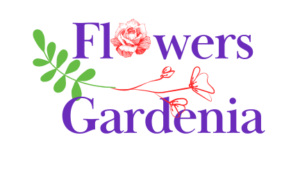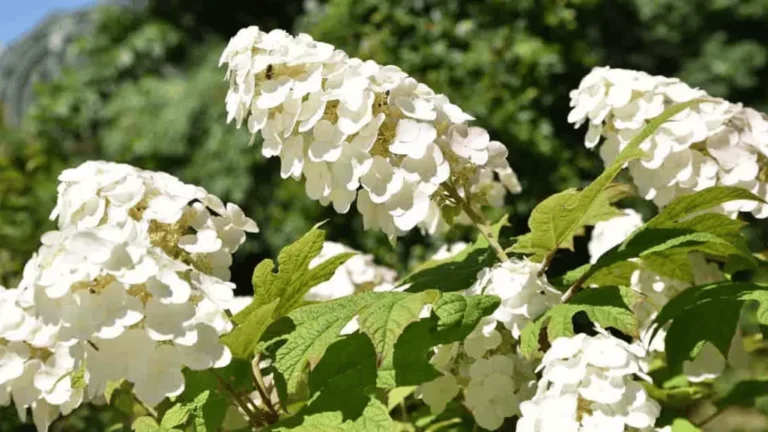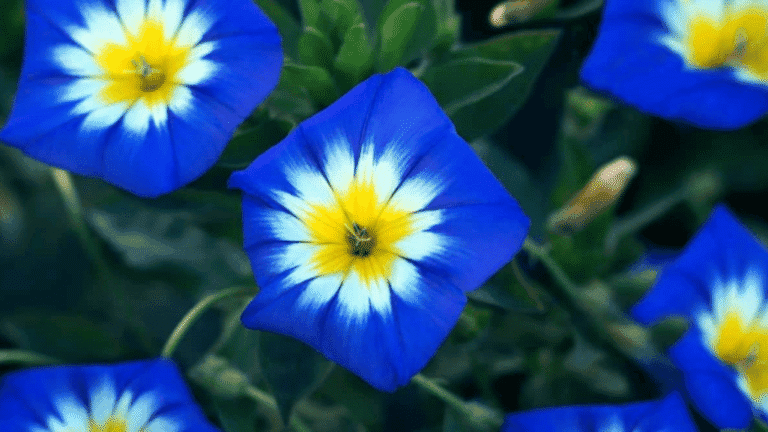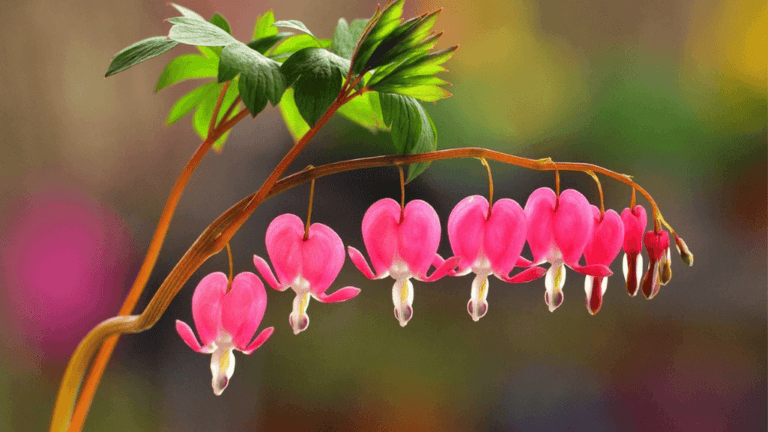Beautiful flowers gardenia Plants For Your homes

For the avid home gardener, blending creativity with nature is key. Understanding zone specific planting guides is crucial for a thriving garden. Each garden needs a unique approach, based on the local climate. It’s vital to use gardening tips tailored to your area and keep up with the latest zone-wise planting tips.
Every plant has its own needs for growth. That’s why regional planting suggestions are so important. They’re based on temperature and weather patterns. Using these guides means more than just good soil and water. It’s about making the most of your garden’s conditions.
Whether you’re a beginner or an expert, following these guides is essential. It helps you enjoy the fruits of your labor, even with high food costs.
Key Takeaways
- Identify and implement zone-specific planting guides for garden success.
- Recognize the critical role of plant hardiness zones in garden planning and crop selection.
- Stay updated on gardening tips and zone-wise planting tips for optimal yields.
- Consult the latest regional planting suggestions to maximize garden potential.
- Make informed decisions to enhance profitability and enjoyment from your gardening ventures.
The Importance of Knowing Your Planting Zone
For any gardener, knowing about planting zones is key. These zones tell you which plants will do well in your area. It’s a vital step to make your garden great.
Understanding Plant Hardiness Zones
Plant hardiness zones are made by the USDA. They group areas by their climate, like the coldest temperatures each year. This helps gardeners pick the best plants for their area.
These zones have subzones A and B, giving more detail. This helps gardeners tailor their gardening to their area’s small climate changes. Planting zones by location tell you which plants will grow well and when to plant them.
Maximizing Your Garden’s Potential with Zone Awareness
Using plant hardiness zones in your gardening makes it more successful. It helps you pick plants that fit your area well. This reduces plant loss and makes your garden healthier and more productive.
This method, called climate zone gardening, meets each plant’s needs in your area. It’s very useful where the weather changes a lot from one place to another.
Using zone-specific gardening advice is more than picking plants. It’s about knowing the best times to plant and care for your garden. This way, your garden will not just survive but thrive.
Deciding What to Plant in Your Zone
Starting your gardening journey means picking the right zone-specific plants. Each of the 11 USDA Plant Hardiness Zones has its own climate. This affects what plants will do well. Using advice on planting for your climate helps your garden grow.
Knowing what your zone needs helps you pick plants that will do well. For example, perennials are great because they last more than one season. But, you need to pick ones that can handle your area’s coldest winter.
Vegetables, flowers, herbs, and fruit plants also have the best planting times for each zone. If you plant at the wrong time, you might get poor results or even lose your plants.
In cooler zones like Zone 7, start with cool-weather crops like kale and broccoli in early spring. But in warmer zones like 9 and 10, plant them in late summer for the cooler fall.
Success in gardening depends on planning and knowing the best plants for specific zones. This means understanding your climate and when to plant seeds. In places like Arizona and Florida, where the weather is extreme, you need to adjust your planting.
Using climate-specific planting advice helps avoid mistakes like planting at the wrong time. This can cause plants to stress and fail. Remember, while zones give a good starting point, your garden’s success also depends on your soil, moisture, and sunlight.
- Select perennials based on the winter temperature range of your specific hardiness zone.
- Vegetables and herbs must be planted according to specific guidelines that include consideration of the first and last frost dates.
- Adjust the planting times for annuals and perennials as per your region’s growing season to ensure successful cultivation.
Talking to local gardening groups or other gardeners can also help. Sharing tips and experiences can improve your gardening skills.
In short, choosing zone-specific plants and following planting and care advice leads to a successful garden. It will be perfect for your zone’s climate.
Zone Specific Planting Guides
Creating a successful garden starts with knowing your local climate. Using a planting guide for different zones helps every plant grow well. This ensures your garden thrives.
Customizing Your Planting Strategy
Zone-specific planting calendars are key for garden planning. In Virginia, for example, the USDA Plant Hardiness Zones offer great advice. They tell you the best times to plant in spring and fall.
Using row cover fabric and cold frames can also help. These methods let you plant earlier and later, improving growth.
Regional Planting Suggestions from Experts
Adding regional planting suggestions to your garden can really make a difference. Experts suggest planting and harvesting at the right times for your zone. This maximizes growth.
In zones 6a to 8a, for instance, the “How Much to Plant” chart is very helpful. It covers everything from how many seeds to use to how far apart to plant them.
These tips are great for planning your garden size and crop rotation. Early in the year, protect plants from winter damage and get your soil ready. In spring, prune, plant, and prepare your garden beds for strong growth and beauty.
For more details on plant compatibility and garden looks, check out our guides. They’ll help you use zone-specific gardening tips better.
Zone landscaping tips stress picking the right plants for your area. For late spring and early summer, manage pests and use floating row covers. This keeps plants healthy and ensures a good harvest.
Choosing the right plants, arranging them well, and considering sunlight and water, all based on your zone, can make your garden look and work better. These tips help from choosing plants to enjoying your harvest. They connect you with your local environment and its unique growing conditions.
Use these zone-specific strategies to make a garden that’s productive and shows off regional beauty and biodiversity.
Timing Is Everything: When to Plant
Knowing the best times to plant can greatly improve your gardening. Using a growing zone guide helps gardeners make smart choices. This is based on the local climate and seasonal temperature changes.
Seasonal Planting Recommendations
Successful gardening means knowing the difference between cool-season and warm-season crops. For example, snap beans grow well in certain temperatures and take about 50-60 days to mature. On the other hand, cantaloupes need warmer weather and take 85-90 days to grow. They should be planted after the last frost.
Utilizing a Zone-Specific Planting Calendar
Climate-based guides help gardeners find the best times to plant and harvest in their area. For example, in Zones 5 and 6, lima beans should start indoors in May or June. They take 65-75 days to mature, considering the last frost date and historical data. In Zones 9 and 10, broccoli should start in September, fitting the local climate.
| Vegetable | Zone 1-6 Planting Time | Zone 7-10 Planting Time | Days to Harvest |
|---|---|---|---|
| Pumpkins | After last frost | February to March | 80-90 days |
| Cabbage | March to April | October to November | 60-80 days |
| Lima Beans | May to June | March to April | 65-75 days |
| Snap Beans | May | After last frost | 50-60 days |
Using these planting tips helps you plan better. It ensures your seeds are planted at the right temperature. This increases germination rates and crop success. Different crops need different conditions at planting and during growth. So, a personalized, zone-specific calendar is key for every gardener.
Essential Plant Care by Zone
Knowing zone-specific planting advice is key to a thriving garden. Each hardiness zone has its own set of conditions that affect your gardening. From climate-based planting guides to maintenance, it’s all about adapting to your garden’s needs.
When caring for your plants, think about what’s best for your hardiness zone. This means picking plants that fit the local climate, planting at the right time, and adjusting soil for your area. Gardening tips for specific zones help plants grow better and use resources wisely.
Knowing your zone’s traits helps with watering, pest control, and when to prune and fertilize.
- January to March: Clean garden tools, order seeds, and start some seeds indoors, like tomatoes and peppers.
- April: Plant vegetables and flowers directly in the garden.
- May: Put out frost-sensitive plants and keep planting heat-loving veggies like beans and corn.
The USDA’s zones guide your planting schedule and choices. For example, Zone 7 gardeners plant cool-season veggies early spring. But Zone 3 gardeners wait till late spring or early summer to avoid frost.
Climate-based planting guides and zone-specific planting advice are crucial for a great garden. Following these guidelines helps you get the most out of your garden and supports your local ecosystem.
Climate-Based Plant Selection for Optimal Growth
Understanding how plants and climate work together is key to a successful garden. By picking plants that love your climate, you can make your garden grow better, look better, and be more sustainable.
Selecting Varieties Suited to Your Climate Zone
Choosing the right plants means more than just looking at a plant zone map. It’s about knowing which plants do well in your area. For example, “The Sunset Western Garden Book” lists many plants perfect for different climates. Ceanothus, or wild lilac, is great because it grows well in many places, making your garden colorful.
Looking at the microclimate and mesoclimate helps you pick the best plants. This is crucial if your area has special conditions like shade or heat from buildings.
Benefits of Climate-Specific Planting
Planting plants suited to your climate has many perks. It helps plants live longer and need less care. Plants that fit your area’s climate, like those in ecoregional guides, do well. These guides are made for different places in the U.S. and Canada, helping plants and wildlife thrive together.
Using a plant zone map helps you plan better. It shows which plants are best for your area, from cold-hardy ones for Zone 1 to tropical ones for Zone 13. This makes gardening easier and more successful.
The aim of choosing plants based on climate is to make a garden where plants flourish. This leads to a greener, stronger garden landscape.
| Zone | Temperature Range | Example Plants |
|---|---|---|
| 1 | -50°F to -40°F | Specialty Conifers, Hardy Perennials |
| 7 | 0°-10°F | Ceanothus, Various Evergreens |
| 13 | Rarely below freezing | Tropical Hibiscus, Palm Trees |
Utilizing a Planting Zone Map for Garden Planning
Starting a garden means knowing your plant’s growing environment. A key tool is the planting zone map, especially the USDA Plant Hardiness Zone Map. It shows which plants will grow best in your area by telling you your local climate zone.
Using a gardening zone finder in your garden plan is crucial. It shows the coldest temperatures your area can get. This helps pick plants that can survive your winters.
How to Read and Interpret Plant Zone Maps
Understanding the planting zone map means knowing it divides areas into zones by temperature. Each zone has “a” and “b” subzones for even more detail. For example, Zone 3 is where temperatures drop between -40 to -30 degrees Fahrenheit, with Zone 3a being slightly warmer than 3b.
With the gardening zone finder, you can find your exact gardening zone. This tool helps you know which plants will do well in your garden.
Finding and Using the USDA Plant Hardiness Zone Map
The USDA Plant Hardiness Zone Map changes over time to match the climate. The latest update was in November 2023. It uses data from over 13,412 weather stations across the country. To see your zone, visit the USDA website for the latest map.
Knowing your zone’s details helps you plan your garden better. You should think about the zone, local weather, frost dates, and soil type. For example, Zone 6 gardeners might grow Zone 5 plants under cover or try Zone 7 plants with extra winter care.
Using the USDA map gives gardeners the info to grow plants longer, protect them from frost, and increase yields. This smart planning is key as the climate changes and gardening zones shift.
Expert Gardening Tips for Your Zone
For a thriving garden, tailor your approach to your garden’s climate zone. Whether you’re starting or improving your garden, understanding zone wise gardening is key. Here are some expert gardening tips and insights on planting by zone.
Planting by zone boosts plant health and growth. It also keeps your garden interesting all year. For example, in Zones 1 to 3, choose hardy plants for extreme cold. In Zone 8, you have more plant options because of the longer growing season.
| Zone | Plant Options | Specific Tips |
|---|---|---|
| 1-3 | Hardy perennials | Opt for plants that survive extreme winter like certain evergreens. |
| 4 | Kiwi plants | Unexpected yet viable; provide wind protection and ample sunlight. |
| 6 | Various vegetables | Timing of planting crucial; follow local frost dates closely. |
| 7 | Cold-hardy hibiscus | Select varieties that can withstand slight freezing temperatures. |
| 8 | Tomatoes, Blueberries, Hydrangeas | Emphasize soil quality and irrigation due to heat. Suitable for vertical and container gardens. |
Adopting zone wise gardening means connecting with local gardening groups and experts. They share knowledge and experience suited to your area. This helps improve your gardening skills and adopt new practices that fit your local environment.
Staying updated with changes, like the 2023 USDA Plant Hardiness Zone Map, keeps your gardening effective. The latest update offers insights into climate shifts that might change planting and growing schedules in your area.
The aim of gardening tips for climate zones is to boost plant health and garden beauty. It also promotes sustainable gardening that fits your local environment. By focusing on planting by zone, gardeners can have a resilient and thriving garden suited to their area’s unique climate.
Conclusion
As we wrap up our journey into zone-specific planting guides, it’s clear that garden success depends on understanding and using this knowledge. Whether you’re an expert or a beginner, knowing about the USDA Plant Hardiness Zone Map and the Three Sisters method is key. These guides offer detailed info on temperatures and how plants work together, helping you create stunning gardens.
Good garden planning is more than knowing when to plant crops. It’s about making the most of your garden’s climate, picking plants that work well together, and tailoring care to your area’s needs. For beginners, starting with easy crops like lettuce and cucumbers is a good idea. For experienced gardeners, it’s about precise spacing and the right timing for mulching. Simple tips from the National Gardening Association, like planting at the best time and harvesting on schedule, can greatly boost your garden’s yield.
Gardening teaches us patience, resilience, and how to adapt. It’s a never-ending journey of growth and learning, offering new chances for improvement and joy each season. We hope this guide helps gardeners across America, no matter their zone, enjoy the beauty and rewards of a well-planned garden.

















